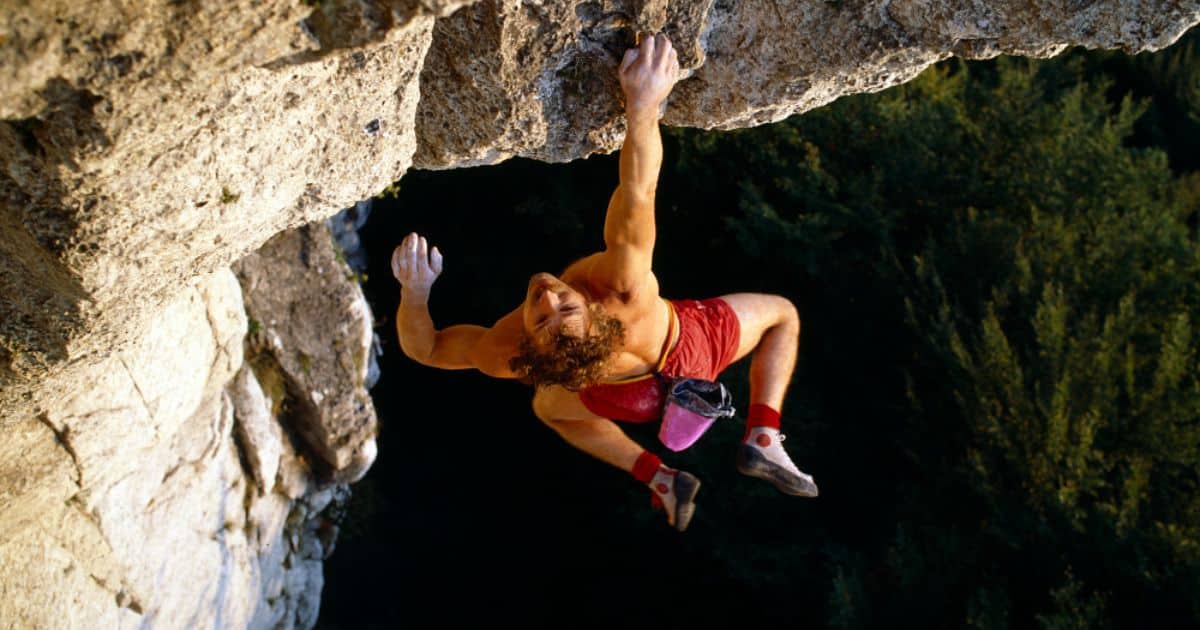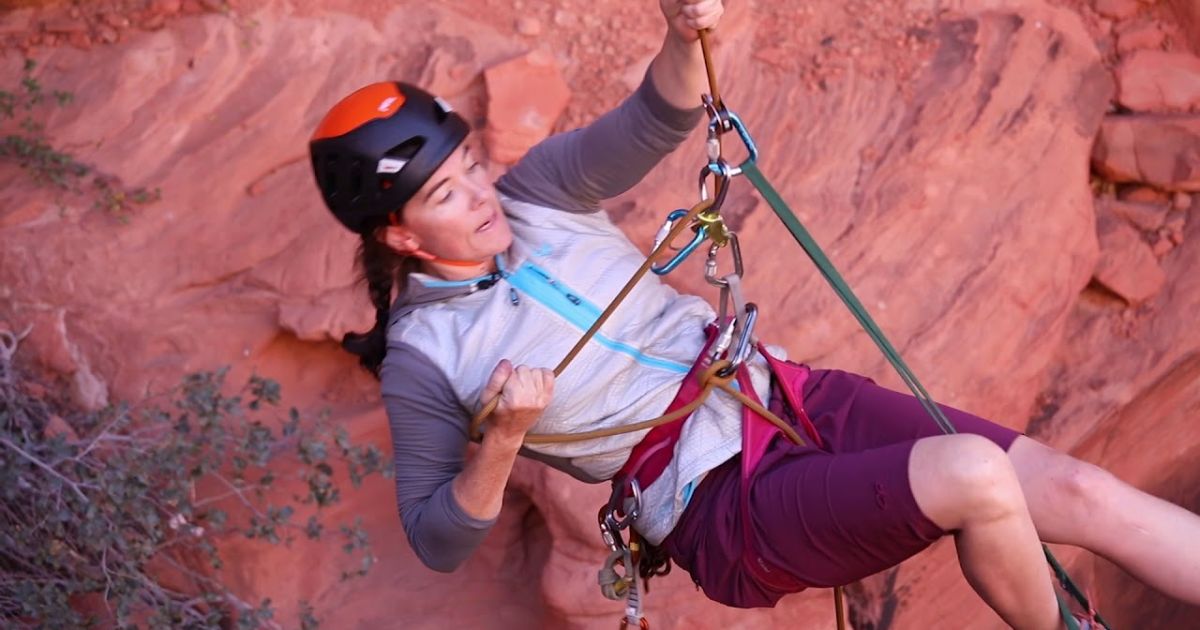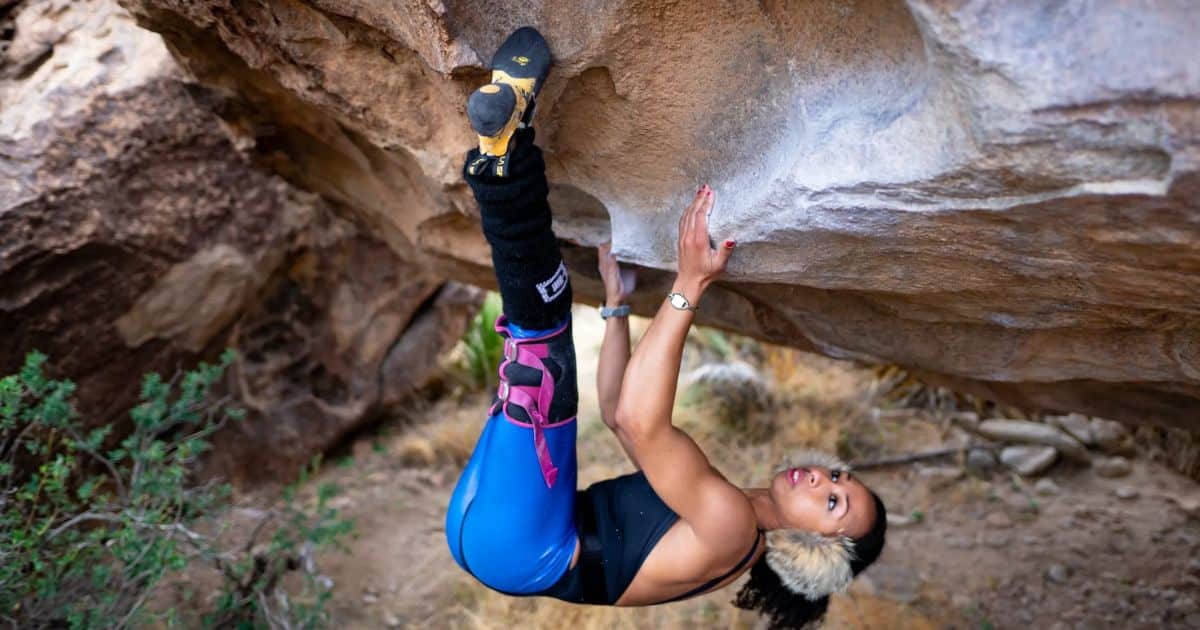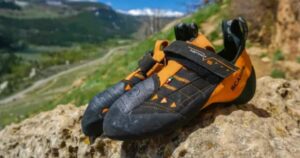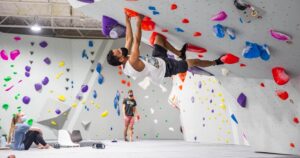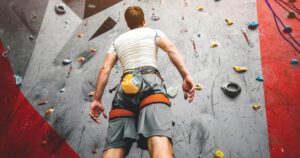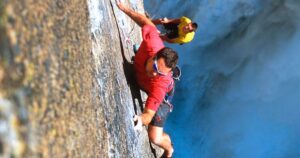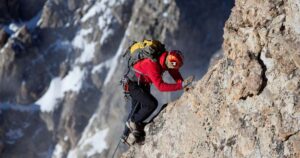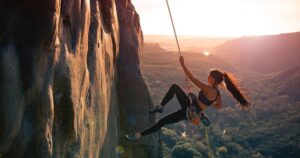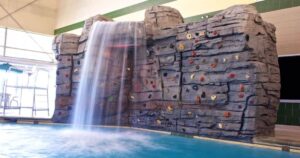In the world of climbing, each ascent is a unique journey, a dance with gravity that requires both physical prowess and mental fortitude. Like a skilled conductor leading an orchestra, climbers must master the art of balance, strength, and focus to reach new heights. This article serves as a guide, offering invaluable insights and techniques to enhance your climbing abilities. From mastering basic techniques to training for specific styles, discover the secrets to becoming a better climber and finding your place among the elite.
Key Takeaways
- Balance, footwork, and body positioning are crucial for success in climbing.
- Developing hand placement and grip strength is essential.
- Building a strong core and upper body stability is important.
- Mental focus, confidence, and training for specific climbing styles all contribute to improvement in climbing abilities.
Mastering Basic Climbing Techniques
To improve your climbing skills, it is crucial to master the basic techniques of the sport. These fundamental skills lay the foundation upon which all other climbing abilities are built. As an experienced climber, I can attest to the importance of honing these techniques to achieve greater levels of success and satisfaction in the sport. By mastering the art of balance, footwork, and body positioning, climbers can navigate challenging routes with ease and grace.
Additionally, understanding proper hand placement and grip strength can significantly enhance your climbing ability. Developing a strong core and upper body strength is equally essential for maintaining stability and control while on the wall. By dedicating time to practice and perfecting these basic techniques, climbers can gain a sense of belonging in the climbing community and unlock their true potential on the rock.
Building Strength and Endurance
One key aspect of improving your climbing skills is developing both strength and endurance. Building strength is essential for conquering difficult routes and challenging holds, while endurance enables you to sustain your performance over extended periods. To enhance your climbing abilities, it is crucial to incorporate specific exercises into your training regimen that target these aspects.
When it comes to strength, focus on exercises that engage your upper body, core, and lower body muscles. Pull-ups, push-ups, and planks are excellent for building upper body and core strength, while squats and lunges target your lower body. Incorporating fingerboard training and campus board exercises can also help improve finger and grip strength, essential for gripping holds.
To enhance endurance, incorporate activities such as circuit training, running, and cycling into your routine. These exercises build cardiovascular fitness, allowing you to sustain your climbing performance for longer durations. Additionally, practicing climbing routes that challenge your endurance will gradually build your stamina.
Improving Footwork and Balance
Developing precise footwork and balance is crucial for improving your climbing skills. When it comes to climbing, your feet are your foundation. Each step should be deliberate and intentional, allowing you to maintain control and stability on the wall. Focus on placing your feet precisely on footholds, using the right amount of pressure to ensure optimal grip. This requires a combination of strength, flexibility, and proprioception.
Practicing balance exercises, such as standing on one foot or traversing on a slackline, can improve your body awareness and stability. Additionally, paying attention to your body positioning and weight distribution will help you maintain balance and conserve energy. Remember, climbing is not just about physical strength, but also about finesse and control. By honing your footwork and balance, you will become a more efficient and confident climber, ready to tackle any route with grace and precision.
Enhancing Mental Focus and Confidence
Improving mental focus and confidence is essential for climbers to consistently perform at their best, allowing them to make quick decisions and execute precise movements with ease and precision. Climbing requires a strong mental game, as it challenges both the body and mind. To enhance mental focus, climbers can engage in mindfulness techniques, such as visualization and meditation, to quiet the noise in their minds and stay present on the wall.
Confidence, on the other hand, can be built through progressive goal-setting and positive self-talk. Believing in oneself and embracing failure as a stepping stone toward success can foster a resilient mindset. With enhanced mental focus and confidence, climbers can push their limits and overcome obstacles, both on and off the wall. Transitioning into the subsequent section about ‘training for specific climbing styles’, let’s explore how climbers can tailor their training to excel in various types of climbing.
Training for Specific Climbing Styles
To excel in various types of climbing, it is crucial to tailor your training to specific climbing styles. Each style requires a unique set of skills, techniques, and physical abilities. Here are some key training considerations for different climbing styles:
- Bouldering: Focus on building explosive power, finger strength, and body tension. Incorporate campus board exercises, finger boarding, and dynamic movements.
- Sport Climbing: Emphasize endurance, technique, and mental fortitude. Train on long routes with sustained movements. Practice clipping efficiently and working on different types of holds.
- Trad Climbing: Develop crack climbing skills, gear placement techniques, and mental resilience. Practice jamming, nut and cam placement, and multi-pitch climbing.
- Alpine Climbing: Train for high-altitude endurance, glacier travel, and mixed climbing. Incorporate cardio exercises, weighted backpack hikes, and practice self-arrest and crevasse rescue techniques.
Frequently Asked Questions
What Type of Climbing Shoes Should I Wear for Indoor Climbing?
For indoor climbing, choosing the right type of climbing shoes is crucial. Factors such as fit, comfort, and performance should be considered. Consult with experts or experienced climbers to determine the best shoes for your needs.
How Often Should I Take Rest Days When Training for Climbing?
Rest days are crucial for optimal climbing performance and injury prevention. The frequency of rest days depends on various factors such as training intensity, individual recovery capacity, and climbing goals. Consulting with a coach or trainer can help determine an appropriate rest day schedule.
Are There Any Specific Exercises That Can Help Prevent Climbing Injuries?
There are several exercises that can help prevent climbing injuries. These exercises focus on strengthening the core, improving flexibility and balance, and targeting specific muscle groups used in climbing movements.
How Can I Improve My Grip Strength for Better Climbing Performance?
Improving grip strength is crucial for enhanced climbing performance. By focusing on targeted exercises such as finger hangs, pinch grips, and forearm curls, climbers can develop the necessary strength and endurance to conquer challenging routes.
What Are Some Strategies for Overcoming Fear of Heights While Climbing?
Overcoming the fear of heights while climbing requires a combination of mental and physical strategies. Building trust in your equipment, practicing controlled breathing, and gradually increasing exposure to heights are essential steps towards conquering this fear.
Conclusion
In conclusion, mastering the art of climbing requires a combination of technical skills, physical strength, mental focus, and unwavering confidence. By honing basic climbing techniques, building strength and endurance, improving footwork and balance, and training for specific climbing styles, climbers can reach new heights in their abilities. With dedication and perseverance, climbers can overcome obstacles and achieve their goals, ascending to new levels of achievement in the exhilarating world of climbing. So, embrace the challenge, push your limits, and let your passion for climbing propel you toward greatness.
